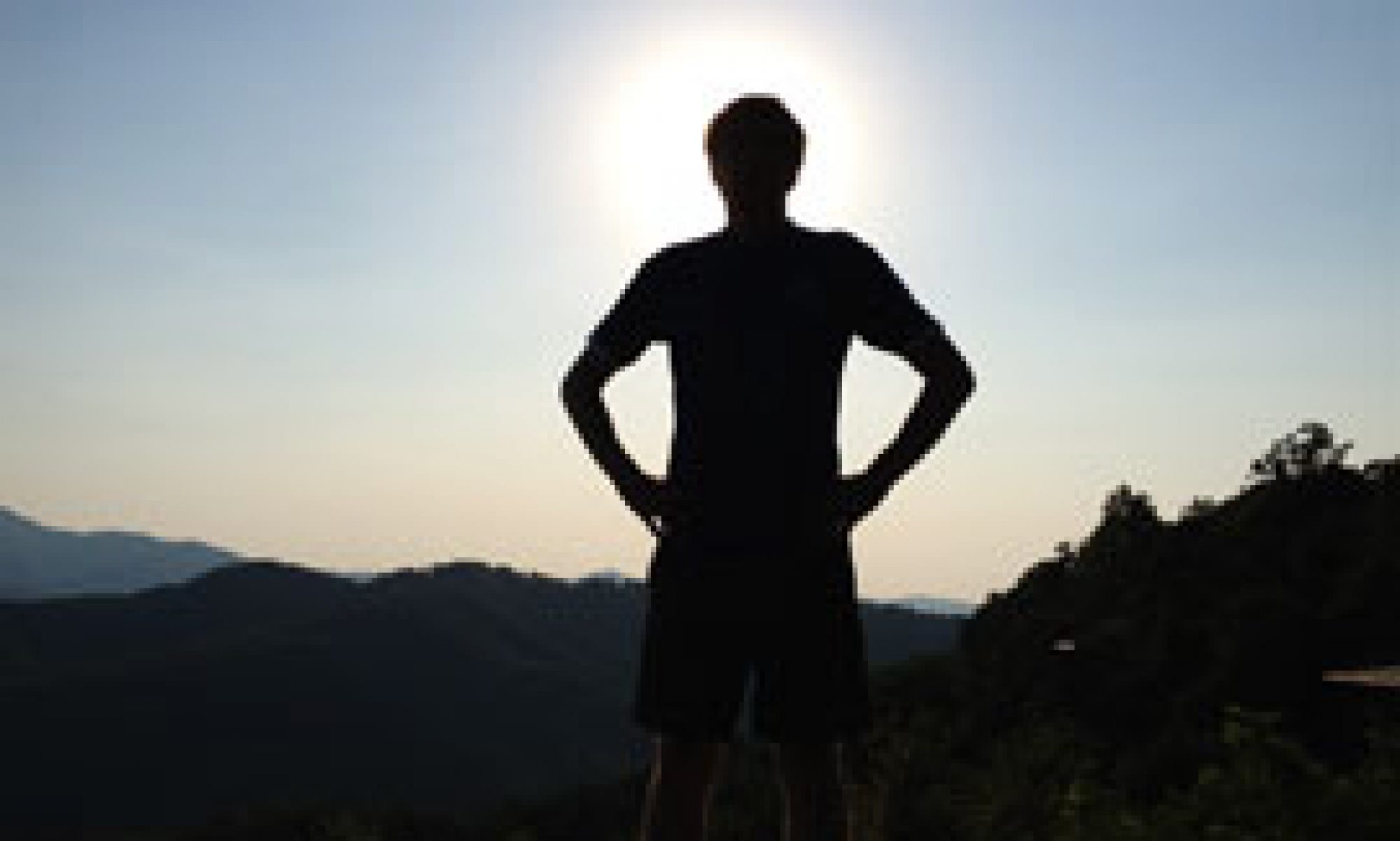Today’s post is from a friend and running buddy of mine. After telling me about his new running shoes, he agreed to share his experience with them here:
Sometimes I Even Touch the Ground
Dean Moyer
Valle Crucis, NC
Last summer I was doing some speed work when a younger runner went flying by me. At one point I think he even touched the ground. As he disappeared into the distance I wondered how fast he’d be running when he was fifty. I continued. Several miles later, shortly after a turn-around, I heard the rushing of wind behind me when my young runner friend suddenly reappeared. This time he slowed, touched the ground again long enough to ask, “hey mind if I run with you?” I chuckled and said, “if you can keep up.” As we finished out the run I asked about his shoes. Every runner I know is looking for perfect shoe, the perfect shoe deal or both. I’m no different. He told me about his SKORAS. My interest was piqued. But then a shoulder injury sidelined me for three months. Argh!
After a three-month hiatus from running, I had not forgotten about the SKORAS. In fact I had been plotting. I decided to reward myself with a new shoe. It was time. The perfect time. They were on sale. I strapped on my new BASE and I was hooked. An almost perfect fit (I’ll get to this later), cool look and an awesome feel. As a forefoot runner these were “it.” After several weeks of running in them I decided to get a pair of their premium shoe, the FORM. I’ve run in them for just over a hundred miles now. Can I tell you how much I love my new goat leather foot gloves?!
Here’s a brief review:
Sizing/Fit: For the BASE, it was suggested I order an 8. As a normal 8.5 wearer I found them to be slightly small. My toe doesn’t rub. But I’m afraid to do long miles in them. So for the FORM I ordered an 8.5. Much better. However, if truth be told, I think an 8.25 would be best. But not to worry. The elastic adjustment strap on the heal snugs the shoe to fit nicely.
Comfort: Both shoes are extraordinarily comfortable. But you can’t beat the feel of leather on skin. FORM wins! I did go through a very brief period of blistering. However, I think it may have more to do with the tenderizing of my feet due to the surgery hiatus. I wore socks once. I prefer the no sock fit and run. Neither shoe shows any signs of wear. Granted, I am not a 50 mile a week runner. But at 25 per week, they look like new. (Okay just a little worn.)
Terrain: My running route surfaces consist of mountainous paved roads, gravel roads, and trails. I feel stable and comfortable on all.
Performance: The design enables me to maintain a running form which is efficient and frankly faster. I am not a fan (One who watches from the sidelines) of the SKORA. I am runner who has found gear that helps me do what I love: run stronger, run faster, and sometimes I even touch the ground.
Questions or comments? Please use the feedback form found below – I’d love to hear from you.











 compounded changes you will be enjoying a year from now if you stick with it! Don’t beat yourself up if you’ve already broken your resolution – any positive movement forward you make moves you closer to your goal than you were last year.
compounded changes you will be enjoying a year from now if you stick with it! Don’t beat yourself up if you’ve already broken your resolution – any positive movement forward you make moves you closer to your goal than you were last year.
